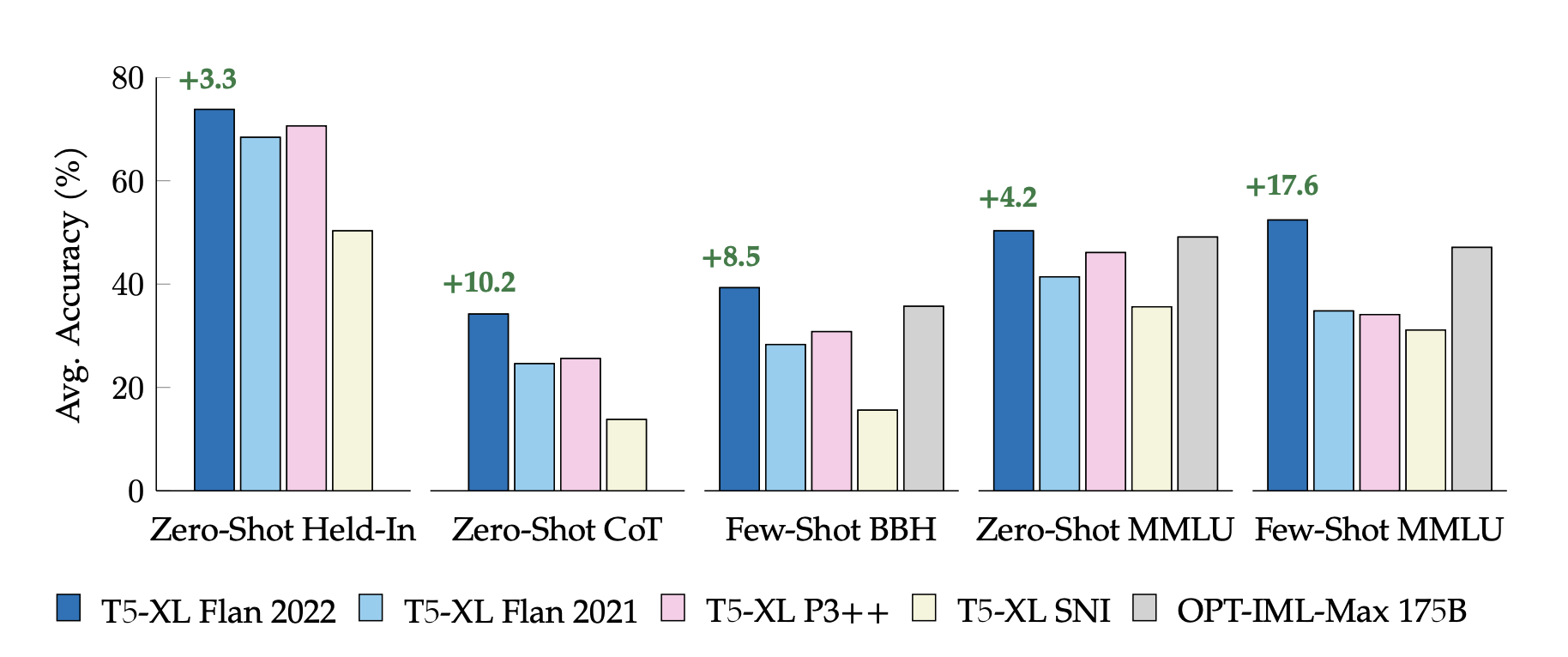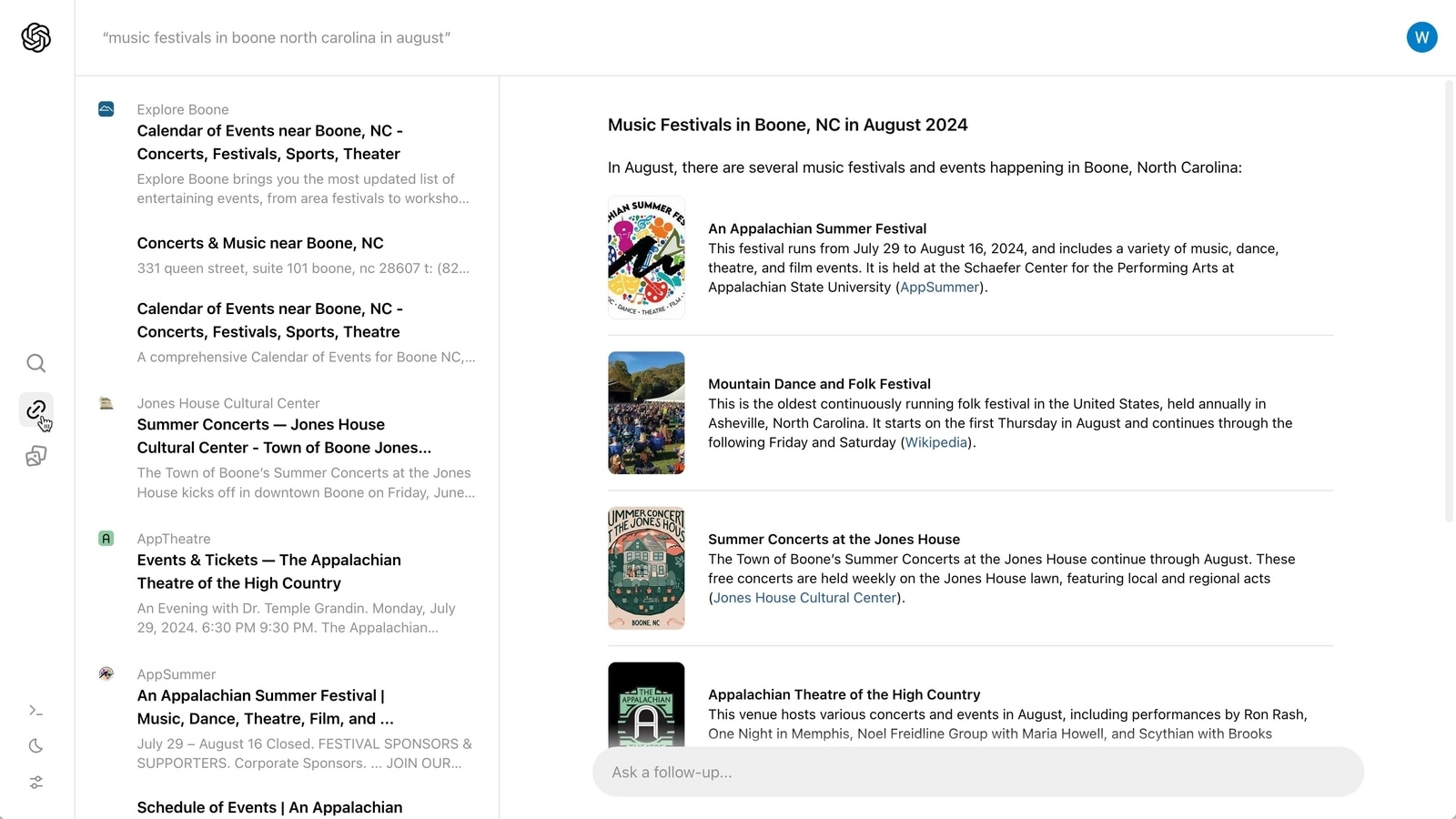Large language models, such as PaLM, Chinchilla, and ChatGPT, have opened up new possibilities in performing natural language processing (NLP) tasks from reading instructive cues. The prior art has demonstrated that instruction tuning, which involves finetuning language models on various NLP tasks organized with instructions, further improves language models’ capacity to carry out an unknown task given an instruction. By comparing their finetuning procedures and strategies, They evaluate the approaches and outcomes of open-sourced instruction generalization initiatives in this paper.
This work focuses on the details of the instruction tuning methods, ablating individual factors and directly comparing them. They identify and evaluate the critical methodological improvements in the “Flan 2022 Collection,” which is the term they use for data collection and the methods that apply to the data and instruction tuning process that focuses on the emergent and state-of-the-art results of combining Flan 2022 with PaLM 540B. The Flan 2022 Collection contains the most comprehensive collection of jobs and techniques for instruction tweaking that is currently publicly available. It has been augmented with thousands of premium templates and better formatting patterns.
They demonstrate that, on all evaluated evaluation benchmarks, a model trained on this collection outperforms other public collections, including the original Flan 2021 their, T0++ their, Super-Natural Instructions their, and the contemporary work on OPT-IML their. This includes, for identically sized models, improvements of 4.2%+ and 8.5% on the MMLU and BIG-Bench Hard assessment benchmarks. According to an analysis of the Flan 2022 approach, the robust results are due to the bigger and more varied collection of tasks and several straightforward strategies for finetuning and data augmentation. In particular, training on various instances templated with zero-shot, few-shot, and chain-of-thought prompts improves performance in all of these contexts.
For instance, a 10% increase in few-shot prompts improves the outcomes of zero-shot prompting by 2% or more. Additionally, it has been demonstrated that balancing task sources and enhancing task variety by inverting input-output pairings, as done in, are both essential to performance. In single-task finetuning, the resultant Flan-T5 model converges faster and performs better than T5 models, indicating that instruction-tuned models provide a more computationally effective starting point for subsequent applications. They anticipate that making these results and tools openly accessible will streamline the resources available for instruction tailoring and hasten the development of more general-purpose language models.
The main contributions of this study are enumerated as follows: • Methodological: Demonstrate that training with a mix of zero- and few-shot cues produce significantly superior results in both environments. • Measuring and demonstrating the key methods for efficient instruction tuning, including scaling Section 3.3, enhancing task diversity using input inversion, adding chain-of-thought training data, and balancing various data sources. • Results: These technical decisions improve held-out task performance by 3–17% compared to available open-source instruction tuning collections • Findings: Flan-T5 XL provides a more robust and effective computational starting point for single-task finetuning. • Make the new Flan 2022 task collection, templates, and research methodologies available for public use. Source code is available on GitHub.
Check out the Paper and Github. Here is a cool article to learn more about the comparison. All Credit For This Research Goes To the Researchers on This Project. Also, don’t forget to join our 13k+ ML SubReddit, Discord Channel, and Email Newsletter, where we share the latest AI research news, cool AI projects, and more.
Aneesh Tickoo is a consulting intern at MarktechPost. He is currently pursuing his undergraduate degree in Data Science and Artificial Intelligence from the Indian Institute of Technology(IIT), Bhilai. He spends most of his time working on projects aimed at harnessing the power of machine learning. His research interest is image processing and is passionate about building solutions around it. He loves to connect with people and collaborate on interesting projects.










